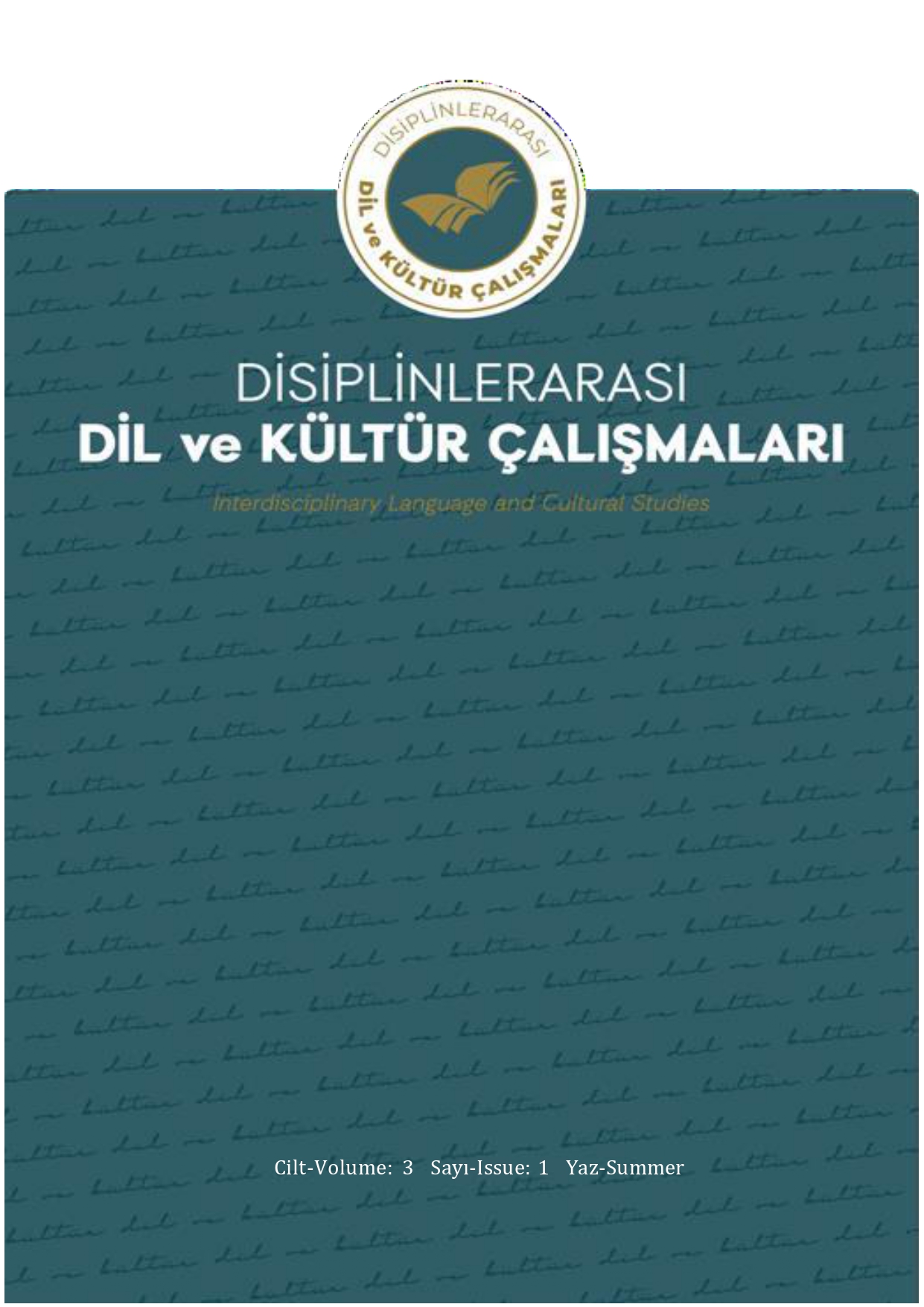An Evaluation of Basic-Level Turkish Language Instruction in Military Settings: Pedagogical Methods and Content Analysis
DOI:
https://doi.org/10.5281/zenodo.15761607Keywords:
Military context, Material design, Teaching Turkish to foreigners, Teaching Turkish for specific purposesAbstract
The number of studies on teaching Turkish for special purposes has increased in recent years. Although most of these studies focus on mainly academic Turkish, there are also many studies on teaching Turkish for specific professions such as banking, law, health and tourism. With the international military agreements signed by Turkiye, teaching Turkish to foreign military personnel stands out as another branch of teaching Turkish for special purposes. The activities of teaching Turkish to foreign military personnel, which date back to the 1930’s in Türkiye, are currently carried out by National Defense University and Yunus Emre Institute. When the literature is examined, it is seen that there are not enough studies on teaching Turkish to foreign military personnel. In this study, it was aimed to examine the textbooks used in teaching foreign languages to military personnel in order to determine the language teaching methods used in teaching foreign languages to military personnel and make suggestions for material development studies for teaching Turkish to foreign guest military personnel. With this purpose Campaign English for the Military 1 textbook was selected as the object of the study. The question of how daily and military English is taught in the textbook was sought to be answered. In this qualitative study, data were collected through document analysis, and the collected data were analyzed through content analysis. The findings based on the data obtained were interpreted according to the theoretical framework and sub-problems of the study. Results of the study show that 85.71% of the units and sections in the object of study were named with military terminology. It was observed that the language functions in the textbook include situations that soldiers will need in their daily social life as well as their professional life. It was also determined that 61.11% of the vocabulary in the course material analyzed were presented in the military context, but the vocabulary was also included in the daily context. When analyzed on the basis of sections, it was found that 85.71% of the sections of the book targeted military English. Although there is a separate section for everyday English in the book, the two contexts are presented as integrated and there are no clear distinctions between the sections. In line with the results, it is suggested that as a group with different interests and need, textbooks for teaching Turkish as a foreign language to military personnel should include military-oriented context in terms of content (functions, vocabulary, etc.).
References
Albayrak, R. (2003). Yabancı dil olarak Türkçe öğretiminde gereksinim çözümlemesi: Kara kuvvetleri lisan okulundaki misafir askeri personele ilişkin bir uygulama örneği (Yayımlanmamış yüksek lisans tezi). İstanbul Üniversitesi, İstanbul.
Altheide, D. L., & Schneider, C. J. (2017). Qualitative media analysis. SAGE Publications.
Arat, E. (2022). Özel amaçlı Türkçe öğretiminde ihtiyaç analizi, materyal örnekleri ve terimler sözlüğü:
Askeri Türkçe (Yayımlanmamış yüksek lisans tezi). Kocaeli Üniversitesi, Kocaeli.
Bağdaş, F. Ş. (2011). Hava harp okulunda öğrenim gören yabancı öğrencilerin Türkçe öğrenmede karşılaştıkları güçlükler (Yayımlanmamış yüksek lisans tezi). Marmara Üniversitesi, İstanbul.
BILC (Bureau for International Language Coordination). (2019). NATO STANAG 6001 overview of language proficiency levels.
Büyükikiz, K. K. (2014). Yabancılara Türkçe öğretimi alanında hazırlanan lisansüstü tezler üzerine bir inceleme. Mustafa Kemal Üniversitesi Sosyal Bilimler Enstitüsü Dergisi, 11(25), 203–213.
Downloads
Published
How to Cite
Issue
Section
License
Copyright (c) 2025 Interdisciplinary Language and Culture Studies

This work is licensed under a Creative Commons Attribution 4.0 International License.



